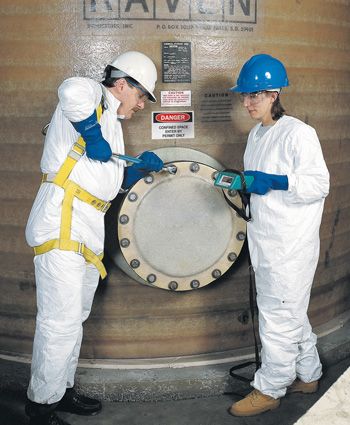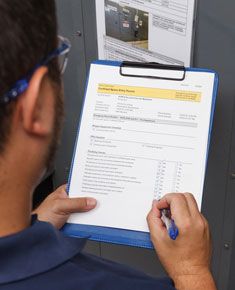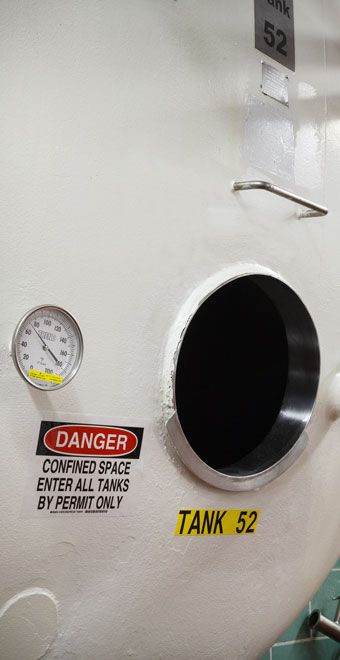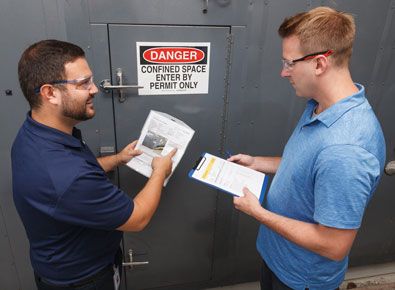Labels for Safety, Visuals and Facility ID Desktop Printers
Labels for Product, Wire and Lab ID Benchtop Printers
Labels for Safety, Visuals and Facility ID Desktop Printers
Labels for Product, Wire and Lab ID Benchtop Printers
Safety and Facility ID Desktop Printers
Product, Wire and Lab ID Benchtop Printers
Barcode Scanner and Printer Kits
Barcode Scanner and Printer Kits
PaintStripe Floor Marking Stencils
Valve Lockouts & Hose Lockouts
Group Lock Boxes & Permit Control
Brady Safety Lockout Tagout Services
Pipe Marker Accessories & Mounting Brackets
Maintenance and Production Tags
Calculators and Assessment Tools
Product Finders and Data Sheets
Confined space compliance starts with properly identifying and classifying these spaces, but to do it right requires time and resources. Yet, it’s important work that ensures your team goes home safe each and every night. If tackling your confined space to-do list feels overwhelming, we’re here to help.
OSHA defines confined spaces as areas within your facility that aren’t necessarily designed for people but are large enough for workers to enter and perform center jobs. A confined space also has limited or restricted means for entry or exit and is not designed for continuous occupancy. Some examples include:


OSHA requires employers to evaluate confined spaces within the workplace to determine if they have any "permit-required confined space" characteristics. This OSHA term is used to classify a space that has one or more of the following characteristics:
Now that we've covered the basics, it’s time to tackle the 5 actions you can take now to enhance your confined space safety program:
Maintain a written confined space program, as required by OSHA, that includes unauthorized entry prevention, safe entry practices and confined space risk assessment reviews prior to entry.
Keep everyone safe by keeping them informed. Educate each group on the regulation and resource requirements for your confined space program.
Develop a sustainable, compliant confined space catalog or inventory system to help you evaluate and document confined spaces at your worksite. An essential step in an effective program is classifying each confined space as either permit-required or non-permit required. Sometimes confined spaces can be reclassified if lockout tagout is sufficient.
Permit-required confined spaces require additional procedures and practices to eliminate or control hazards to be established for safe permit space entry. Once these spaces have been identified, establish and implement the permit requirements that will allow for safe permit entry.
Regularly evaluating your program ensures your confined space program remains up-to-date and ensuring everyone stays safe.


Managing your confined space program can feel overwhelming, but it doesn’t have to be that way. When resources and time are limited, our field engineers are ready to help. Our Confined Space Safety Solutions include:
Learn more about our confined space services at www.bradyid.com/safety-services/confined-space.